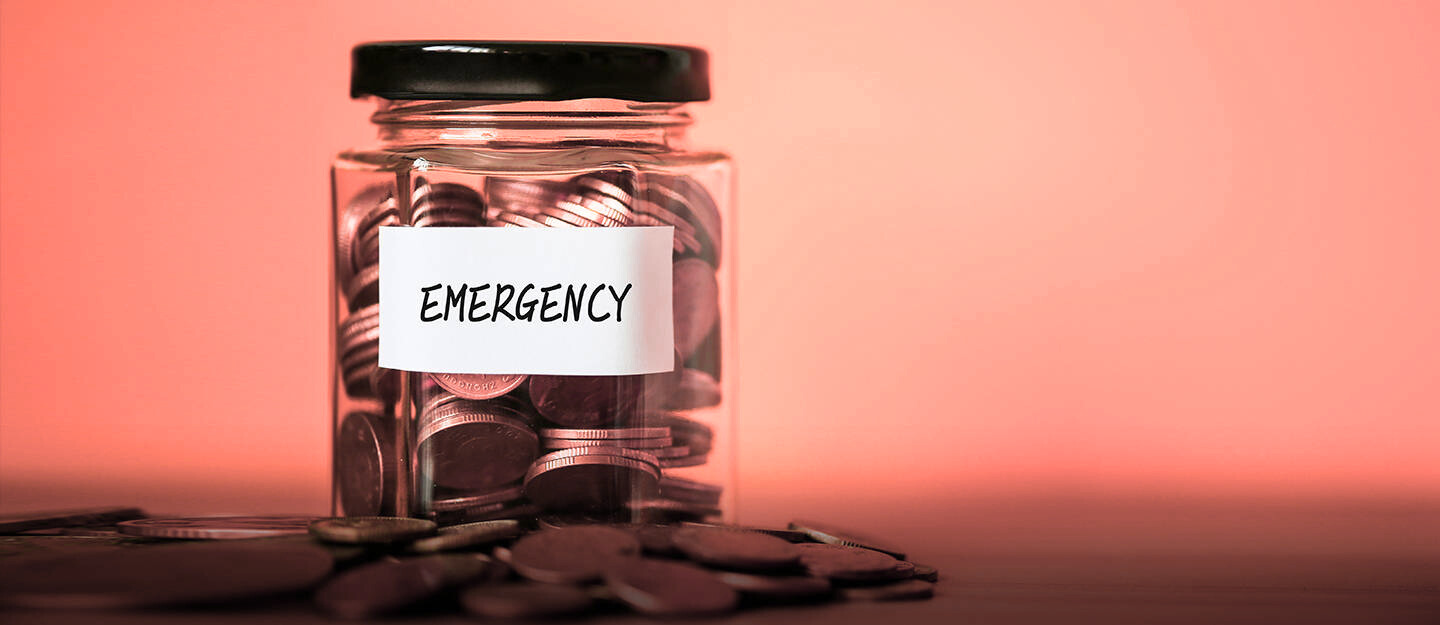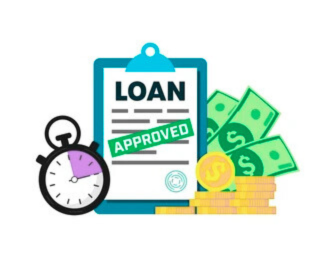Emergency Funds vs. Borrowing: Which to Choose First?
When unexpected expenses strike, most people face a critical financial decision: Emergency Funds vs. Borrowing. Should you dip into your savings cushion or turn to a credit card, loan, or line of credit? The answer isn’t always straightforward because both options carry advantages and trade offs. Understanding when to use emergency savings and when borrowing might make sense can help you protect your financial stability, reduce stress, and make smarter money choices. Let’s dive into a detailed comparison to see which should come first and why.
Why Emergency Funds Matter
An emergency fund is a dedicated savings account meant to cover life’s unexpected costs. These might include medical bills, urgent home repairs, car breakdowns, or even sudden job loss.
Having an emergency fund provides:
- Financial security: You can cover expenses without debt.
- Peace of mind: Knowing you’re prepared reduces stress.
- Flexibility: Savings can help you make better decisions instead of rushing into borrowing.
Most experts recommend keeping three to six months of essential expenses in an easily accessible account.
Why Borrowing Might Seem Attractive
Borrowing, whether through credit cards, personal loans, or payday advances, is often the first instinct when an emergency arises.
Borrowing can provide:
- Instant access to money when savings are low.
- Flexibility for large expenses you can’t cover with cash.
- Time to repay instead of draining your savings immediately.
However, the biggest drawback is the cost of interest. Debt can snowball quickly, especially with high-interest credit cards.
Emergency Funds vs. Borrowing: The Core Comparison
Here’s a quick table to highlight the main differences:
| Factor | Emergency Funds | Borrowing |
| Cost | No interest | Interest, fees |
| Speed of access | Immediate (if liquid) | Immediate (if credit approved) |
| Impact on credit | None | Can hurt if unpaid |
| Financial security | Increases | Decreases |
| Long-term effect | Builds resilience | Creates obligations |
From this comparison, it’s clear why building an emergency fund is often recommended before relying on borrowing.
When to Use Emergency Funds First
Using your emergency savings makes sense when:
- The expense is urgent and unavoidable (e.g., medical treatment, car repair).
- You have enough savings to cover it without wiping your account.
- Borrowing would create high-interest debt that strains future finances.
Example: If your car breaks down and the repair costs $800, paying from your emergency fund is smarter than charging it to a 25% APR credit card.
When Borrowing Might Be the Better Choice
There are situations where borrowing can be a practical option:
- Your emergency fund is too small to cover the expense.
- You want to preserve liquidity (keeping some savings for upcoming bills).
- Low-interest financing is available (e.g., a 0% promotional credit card or low-rate personal loan).
- The emergency is unusually large, such as a home repair costing $10,000 when your fund has $5,000.
In such cases, combining borrowing with partial savings can strike a balance.
Building an Emergency Fund: Step-by-Step
- Start small: Save $500–$1,000 as your first milestone.
- Automate savings: Set up automatic transfers from checking to savings.
- Cut small expenses: Redirect discretionary spending into your fund.
- Increase gradually: Aim for 3-6 months of essential expenses.
- Keep it liquid: Use a high yield savings account for quick access.
This step-by-step approach makes building your cushion manageable over time.
The Psychological Side of Emergency Funds vs. Borrowing
Money isn’t just math it’s emotional. Borrowing can create lingering anxiety about repayment. Emergency savings, on the other hand, provide confidence and calm. Knowing you don’t need to depend on lenders during tough times is empowering.
Smart Strategies: Using Both Together
You don’t always have to choose one or the other. A hybrid approach works:
- Use your emergency fund for smaller, manageable expenses.
- Rely on borrowing when costs exceed savings but aim for the lowest interest possible.
- Replenish your emergency fund after using it to maintain protection.
This balanced strategy ensures you stay prepared while minimizing debt.
Using Our Tool for Smarter Decisions
Not sure whether to use savings or borrow for your situation? Try our financial decision tool at [Your Website]. It helps you weigh the pros and cons, calculate repayment costs, and choose the best option for your emergency.
FAQs About Emergency Funds vs. Borrowing
1. How much emergency savings should I have before I stop worrying about borrowing?
Aim for 3–6 months of living expenses. However, even $1,000 can prevent small emergencies from becoming debt traps.
2. Is it okay to borrow while building an emergency fund?
Yes, if necessary but avoid high-interest debt. Focus on gradually growing savings to reduce future borrowing needs.
3. Which is better: saving for emergencies or paying off debt first?
It depends. Start with a small emergency fund ($500–$1,000), then tackle high interest debt. Once that’s under control, return to building your savings.
4. Should I use my credit card if I don’t have an emergency fund?
If it’s a true emergency, yes. But plan repayment quickly to avoid long-term interest charges.
5. Can borrowing ever be cheaper than using savings?
Yes, if you have access to low-interest or 0% financing while your savings earn interest. Still, calculate carefully before deciding.
6. Where should I keep my emergency fund?
In a high-yield savings account that’s accessible but separate from your daily spending.
7. How do I replenish my emergency fund after using it?
Resume automatic deposits, direct windfalls (like tax refunds) into the fund, and adjust your budget until it’s rebuilt.
8. What’s the biggest risk of relying on borrowing for emergencies?
Debt snowballing high interest can trap you in a cycle of repayment that eats into your future income.
9. Is it smart to invest my emergency fund for higher returns?
Generally, no. Emergency savings should remain liquid and safe, not exposed to market volatility.
10. Can I use both savings and borrowing for one emergency?
Absolutely. Splitting costs can preserve some liquidity while minimizing debt. Just be sure to plan repayment quickly.
Conclusion
Deciding between emergency funds vs. borrowing isn’t always black and white, but in most cases, savings should be your first line of defense. Borrowing can bridge gaps when emergencies exceed your fund, but relying on credit as a habit can harm your financial stability.





